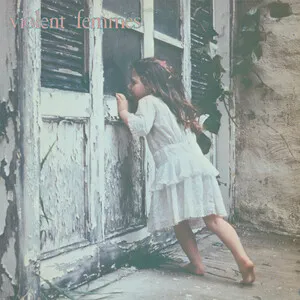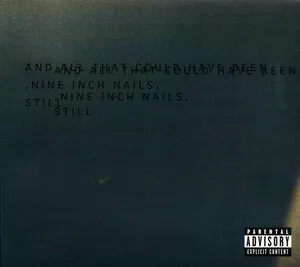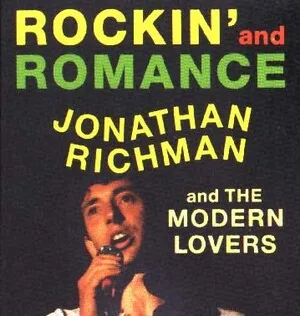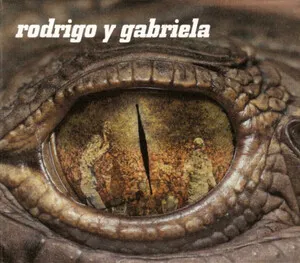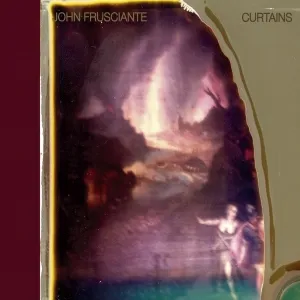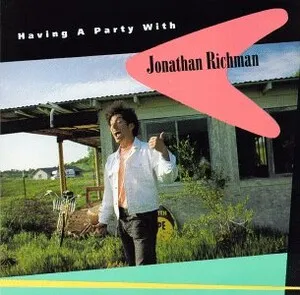
Acoustic rock is a style of rock music built primarily around acoustic instruments—especially steel‑string acoustic guitars—while retaining rock’s song forms, rhythmic drive, and hook‑oriented choruses.
Compared with folk or traditional singer‑songwriter material, acoustic rock tends to use stronger backbeats (often played with light drums or hand percussion), more prominent bass movement, and dynamic, chorus‑centric arrangements. The result is a warm, wood‑toned timbre with the energy and structures of rock, but without the distortion and heaviness typical of electric guitar‑led styles.
The genre spans intimate solo performances to full‑band “unplugged” settings, often featuring strummed open chords, fingerstyle passages, vocal harmonies, and occasional alternate tunings or capo use to shape color and register.
Acoustic rock crystallized in the 1960s when the burgeoning folk scene intersected with rock’s songwriting and backbeat. Artists influenced by folk revival traditions began adopting rock structures—verses, big choruses, and tighter grooves—while keeping the acoustic guitar as the primary vehicle. Early touchpoints include acoustic‑forward tracks by The Beatles and Bob Dylan’s move from folk into rock idioms.
The 1970s saw acoustic rock flourish alongside the singer‑songwriter movement and soft rock. Neil Young, Cat Stevens, and the Eagles blended strummed acoustics, rock rhythm sections, and radio‑ready choruses. Production became glossier, but the acoustic timbre remained central, shaping a template for heartfelt, hook‑driven songs that could translate from intimate solo sets to full bands.
Though the 1980s favored amplified sounds, many rock artists issued acoustic renditions, B‑sides, and tour segments, keeping the approach in circulation. Ballads with prominent acoustic guitar became staples, setting the stage for a wider acoustic resurgence.
The 1990s mainstreamed acoustic rock through MTV Unplugged, which spotlighted stripped‑down performances by rock and alternative acts. Landmark sets by Eric Clapton and Nirvana proved that rock intensity could thrive in acoustic form, reigniting interest in wood‑toned arrangements and influencing a wave of acoustic‑leaning albums and live recordings.
In the 2000s, acoustic rock intersected with indie folk, pop rock, and alternative scenes. Acts like Dave Matthews Band and John Mayer bridged virtuosity and songcraft, while countless bands issued acoustic EPs, live “unplugged” tours, and YouTube sessions. Today, acoustic rock remains a versatile performance mode and production aesthetic—equally at home in intimate venues, living‑room sessions, and festival main stages.

